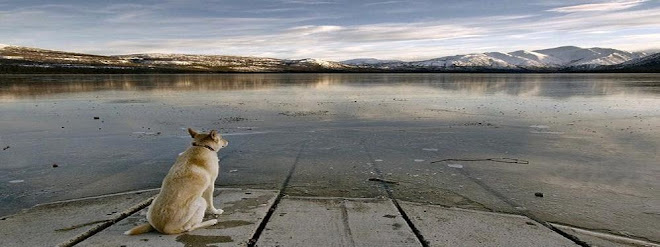
Muenster is the capital of North Rhineland-Westphalia.
The history of the city begins in 800, when the first Christian monastery was established in this area.
In 1170 Muenster received the municipal rights and shortly became a very influential religious and administrative center.
In the 16-th century the city remained under the strong influence of Anabaptists. In 1648, after 5-year lasting negotiations, the Westphalian Peace Treaty ending the 30-year war was signed in Muenster.
The Westphalian Treaty brought substantial territorial changes in Europe.
From the very beginning Muenster was perceived as a central city of North Rhineland- Westphalia and in 1816 the city became the capital of the region.
Nowadays, it is one of the most beautiful and characteristic locations in Germany. Approx. 280,000 Muenster's inhabitants live in the area corresponding to approx. 30,000 hectares. More than 40% of working population is employed in the public sector of the national economy, 30% in trade and 25% in industry.
Muenster is the regional center of administration, trade and science.
The third of the largest German universities is located in Muenster.
The university educates about 50,000 students.
Moreover, the academic nature of the city is reflected by a number of scientific associations and other organizations.
In the Muenster's surroundings there are about one hundred castles on the water, all in exceptionally good condition. The city market called Prinzipalmarkt, a shopping center with exclusive shops, big department stores and famed cafeterias, is the most beautiful place in Muenster. Since 1280 generations of traders built their tenement-houses at the city square.
At the square of the city the Saint Lambertius Church was erected, on the tower of which, three cages are hung, where in the thirties of the 16-th century corpses of three Anabaptist movement leaders were kept. A fronton of the historic city hall built in the Gothic style and a cathedral clock, which was heard for the first time in 1540 and its ticking will sound up to 2017, are exceptionally interesting monuments of the city.
The Muenster inhabitants say that in the city there are about 50 churches of many beliefs.Muenster has much to offer - apart from urban history, historical old part of town and westfaelischem peace the free culture scene and the museum landscape are singularly and supraregional well-known.
Muenster takes these and many further "Pounds" to the cause to apply than culture capital of Europe 2010.
Thus Muenster historical old part of town offers not only a singular closed window blind of impressive buildings, but also unmistakable meetings and high-quality offers.
Modern architecture, contemporary sculptures, the federal state museum for art and culture history, the graphics museum Pablo Picasso and the museum for lacquer art are to be found here.
A further culture area is the "creative dock" at the port with Wolfgang Borchert theatre, Hot jazz club and various catering trade and club scene.
Exciting leisure experiences guarantee all-weather zoo, Aasee and further attractions e.g. balloon travels and the international kite celebration in the local recreation area Aasee.
When points of program load firm the "euro town center celebration", the Weihnachtsmaerkte in historical city window blind as well as (large Stadtkirmes three times annually) and the international riding tournament "tournament of the winners" sends in before the lock for experiencing.
The culture and leisure offers are also by wheel experiencable, e.g.. traditional "Paettkesfahrten", a route along the art in the urban space or a radtour on the traces of the giro d`Italia.
*I lived in Muenster since 2002 - 2007. I left some part of my heart in this lovely town...*

No comments:
Post a Comment